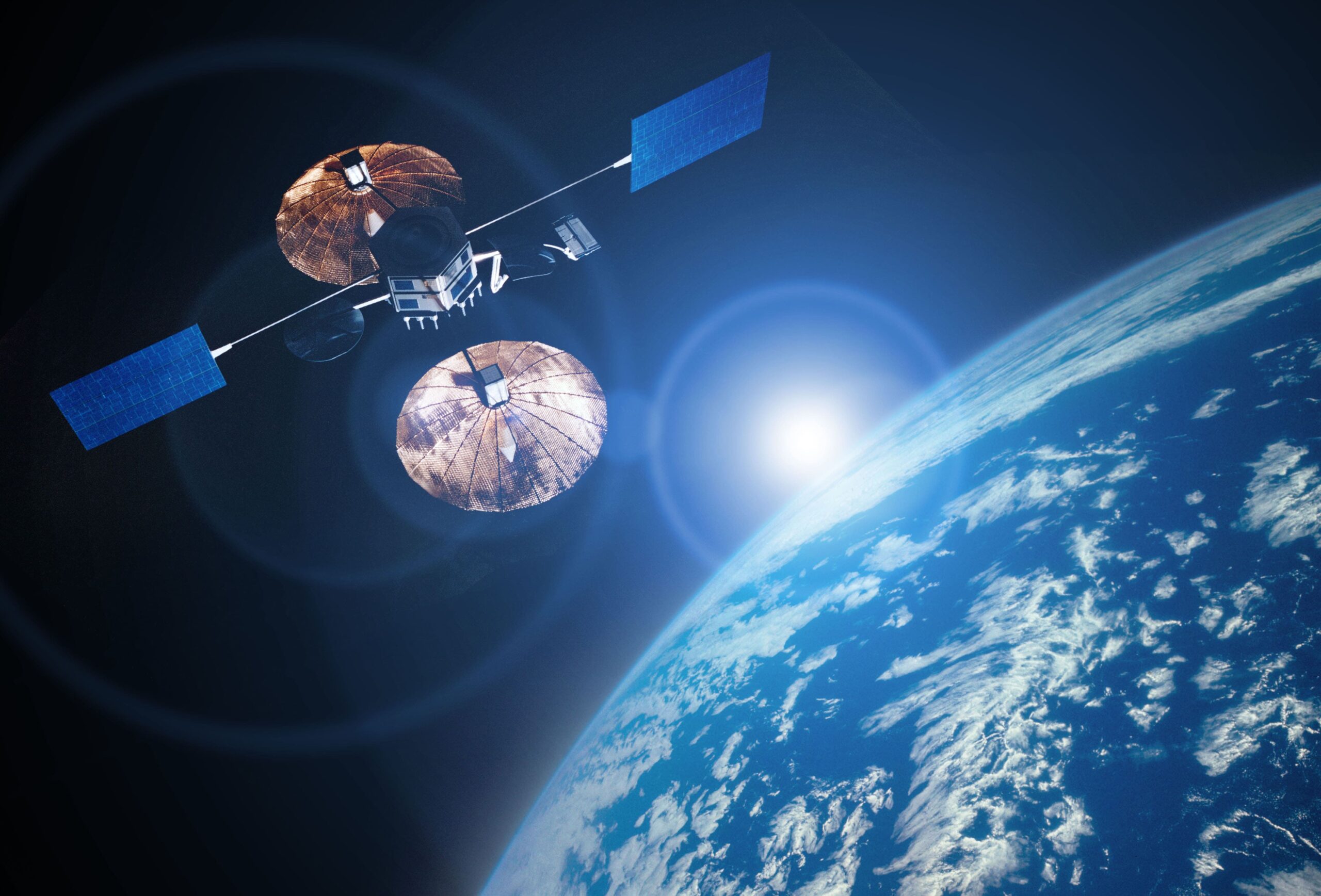The weather affects us far more than we realise. That’s why PhD student BHUSHAN DINKAR PAWAR is using his thesis to see how satellite data about weather patterns could help authorities forecast hospital admissions.

We all know that the weather can be responsible for changes in our mood: think about how much more invigorated we feel when we get a bright, sunny day; or how melancholy we feel on a gloomy, stormy morning. But did you know that weather patterns can even correlate with increased hospital admissions?
“Weather changes can make us sick,” says Bhushan, who completed his MPhil in Information Technology, focusing on vehicle detection from satellite images, in India, and is currently reading for his PhD at the University of Malta.
“Humid weather, for example, can affect our lung capacity, making breathing tougher for people suffering from asthma. More generally, periods of extreme heat or cold can also increase admissions of very young or elderly patients to the hospital.”
Bhushan’s PhD is part of a project called Satellite4Health, which seeks to go beyond this clear correlation between the weather and our state of health. By gathering data on several weather parameters, namely wind direction, wind speed, temperature, rainfall, humidity, and surface pressure, he is collaborating on creating a machine learning algorithm that can predict spikes in hospital admissions before they occur.
To collect this data, Bhushan and the team he is a part of are using satellites from the European Space Agency, as well as weather stations.
“Weather stations have a limited range and tend to deliver information that is only pertinent to the local region,” he explains. “My aim, however, is to get data that applies to the whole country, and therefore we require a mix to ensure accurate results.”
The project aim is fourfold, with each goal tying into the following one to create a model that could make such predictions. The first is to ensure that the primary weather parameters chosen are indeed the best for the information required. As Bhushan explains, what has been discovered is that the best data can be achieved by finding the median between the data collected by the satellite and that from weather stations, offering a clearer picture.
Secondly, they must then examine whether the machine-learning model can recognise patterns. To do this, the machine is fed the chosen data, known to be real and true, and then asked to replicate it. This will show researchers whether the model will be accurate in its predictions.
These two goals are followed by a third, which involves categorising climactic factors in hospital admissions. Bhushan and the rest of the team must analyse how different climate parameters impact our health. For this, Bhushan is analysing data collected from Mater Dei Hospital between 2011 and 2021, which has been provided by the Directorate of Health Information and Research, and national weather data collected between 2016 and 2022. This data will be charted on a graph whereby the Y-axis represents the parameters, and the X-axis represents the hospital admissions.
“The fourth and final aim is to develop the software that can go on to predict changes in the weather and how these will impact the number of people that will be admitted to hospital. In fact, once the research is done and we ensure that the model we’ve developed works, it will be used by Mater Dei.”
While Bhushan is responsible for data acquisition from satellite sources and its analysis, as well as to partake in the development of the machine learning model, this project is too big to be worked on singlehandedly. Indeed, he is collaborating with his PhD supervisor and the project’s principal investigator, Prof Lalit Garg, as well as Prof Charles Galdies, Prof Sandra Buttigieg, and Prof Neville Calleja.
Together, their efforts will help provide authorities and hospital management ample time to prepare for potential peak periods by ensuring that they have sufficient staff, equipment, and medication. Indeed, in the long run, this project could ensure a better and more timely service at our national hospital, but it could also help save lives, especially when weather unpredictability is on the rise. That certainly makes it worth raving about and we can’t wait to see it in action!

